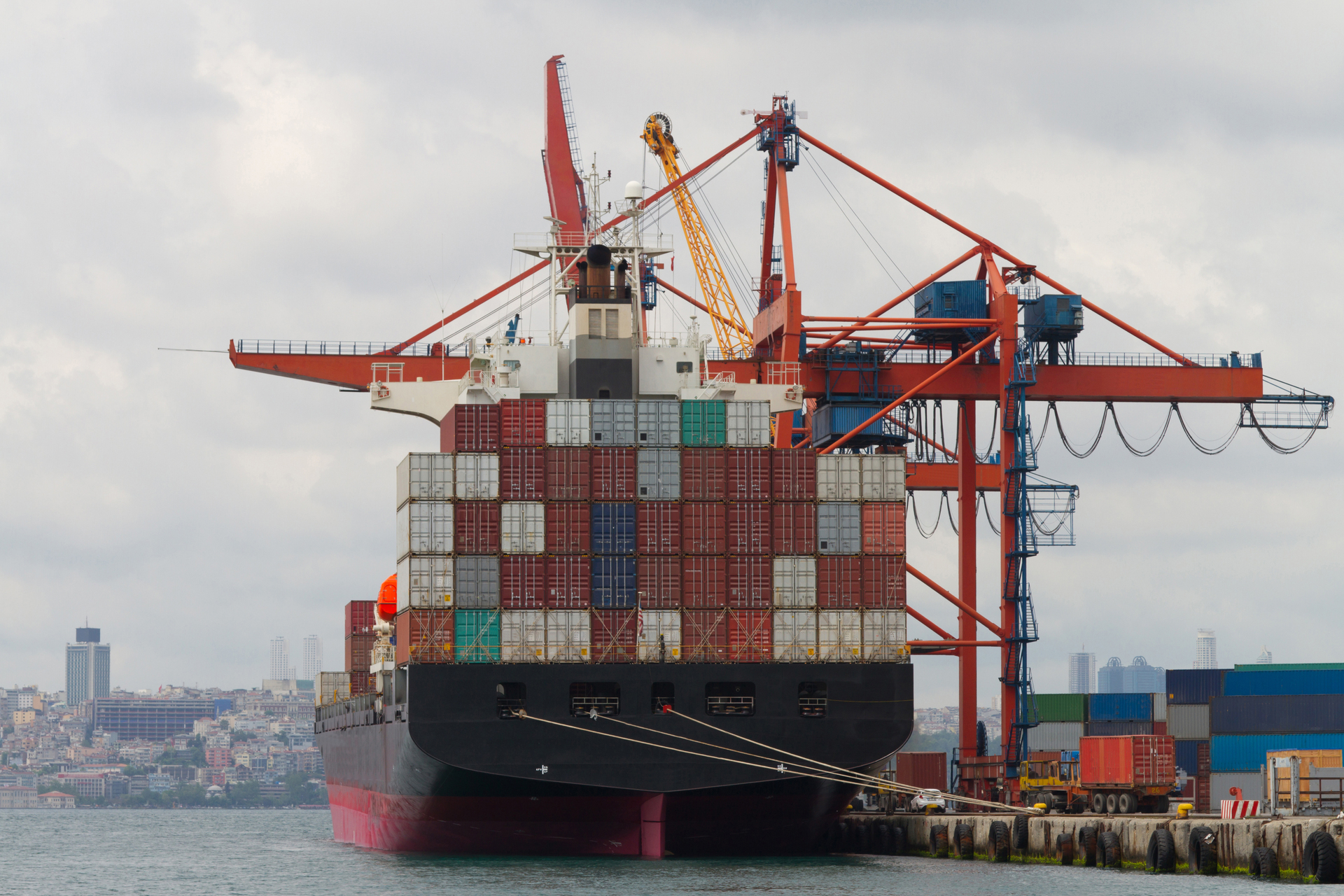
After months of muted volumes in late 2025, optimism is quietly building for a U.S. import rebound in 2026. Analysts are increasingly aligning on one message: while the slowdown has been real, it’s also part of a healthy correction after two years of frontloading and inflated inventories.
The absence of congestion at key U.S. gateways such as Los Angeles–Long Beach this year is being viewed as a positive signal — not of weak demand, but of smoother warehouse throughput.
In 2025, instead of stockpiling imports to avoid tariffs, shippers have been letting inventories flow naturally down the supply chain to final sale.
According to Jefferies Investment Bank, this dynamic indicates that a recovery is likely next year:
“If2024 was defined by pre-buying, and 2025 by destocking, then 2026will mark a return to normalized import activity.”
Data from PIERS (S&P Global) show that U.S. imports from Asia dropped nearly 12% year over year in September, after being on a record pace earlier in 2025. Yet even with this slowdown, cumulative volumes through September still outpaced 2021 and 2022—the peak pandemic years.
At Los Angeles–Long Beach alone, 7.6 million TEUs were handled through September, compared to 7.5 million in2021 and 7.3 million in 2022.
Flexi Van CEO Ron Widdows noted that, despite high throughput, “there’s still slack in the system and open space even at high volume levels. Cargo is moving through to the consumer at a brisk pace — otherwise, we’d be seeing backups, which we are not.”
While many analysts foresee a stronger trans-Pacific market next year, others urge caution.
Mohawk Global’s general manager Michael Stolarczyk expects a “longer, shallower import cycle,” shaped by tariff uncertainty, just-in-time replenishment, and weaker consumer sentiment.
This divergence highlights a key point for logistics strategists: the2026 rebound may be uneven — strong in some sectors, slower in others.
For forwarders, carriers, and importers, the message is clear: agility is replacing excess. The winners in 2026will be those who combine flexible routing, multi-node sourcing, and verified logistics partnerships to navigate tariff and demand swings.
Worldtop & Meta’s Verified Service Provider (VSP)Database is designed precisely for this environment —connecting shippers with trusted, audited partners across Asia, North America, and Europe to ensure dependable capacity even in transition years.
Source:https://www.joc.com/article/trade-deal-could-boost-short-term-china-imports-but-uncertainty-lingers-6106809